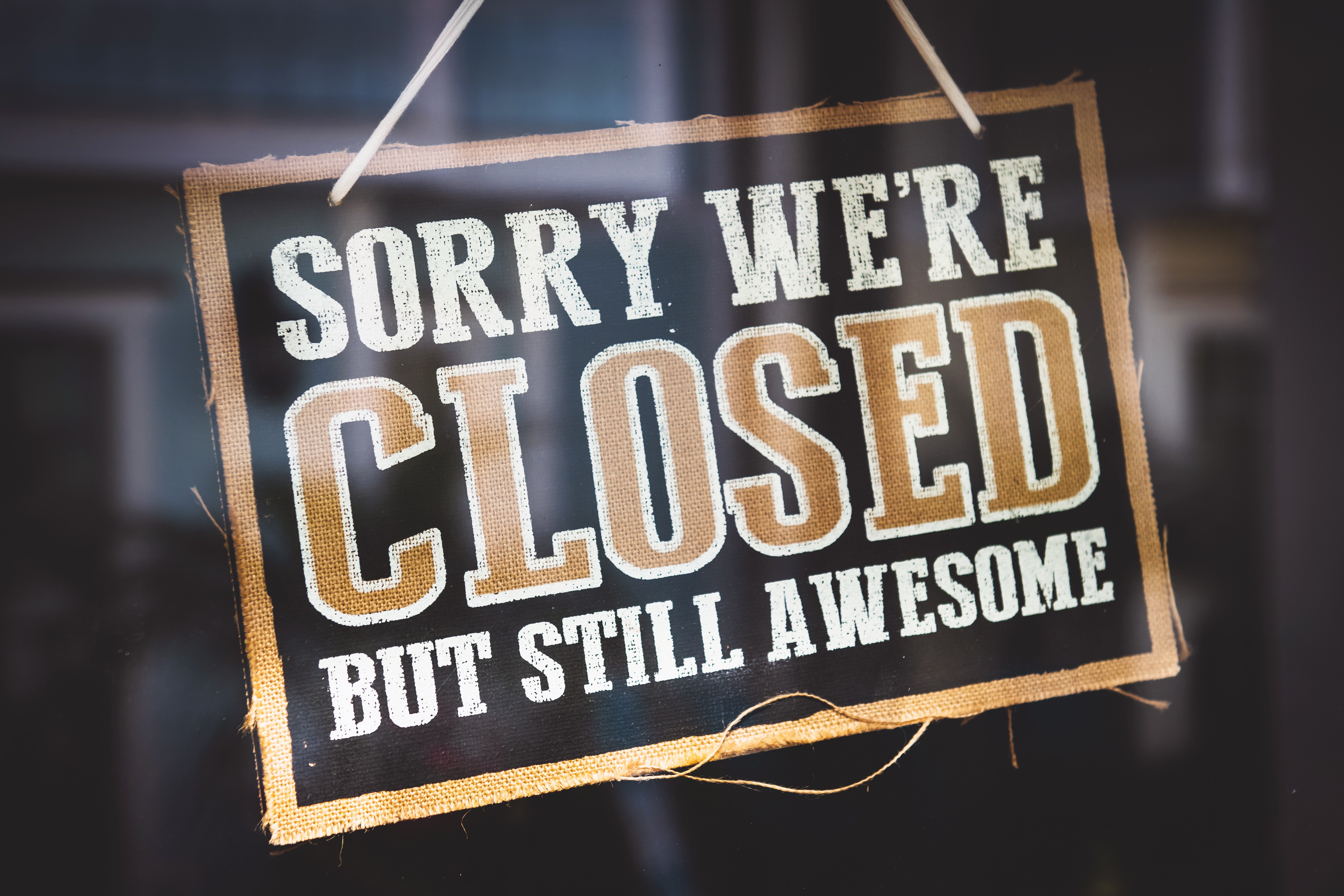How an SBA Economic Injury Disaster Loan (EIDL) Can Help You

The Small Business Administration is doing everything it can to establish programs that relieve some of the financial burden COVID-19 has caused the business community. One of the programs it is offering is the Economic Injury Disaster Loan (EIDL).
What is the EIDL?
The EIDL is a working capital loan, and businesses can use it for
- fixed debts (such as rent)
- payroll
- accounts payable, and
- some bills that would have been paid had the disaster not occurred
In total, the EIDL provides up to $2 million in loan assistance with a 3.75% rate for small businesses and a 2.75% rate for nonprofits. The maximum loan term for EIDL is 30 years; however, no payments are due for the first year.
Also, the EIDL may not be used to pay other federal loans.
Am I eligible for an EIDL?
The SBA bases eligibility for the EIDL on the size of the business, type of the business, and financial resources.
Eligible borrowers include:
- businesses with less than 500 employees,
- sole proprietorships (including independent contractors),
- ESOP with less than 500 employees, and
- private nonprofits.
Applicants who are ineligible include:
- anyone engaged in an illegal activity
- a principal applicant (someone who owns 50% or greater ownership interest) who is 60 days delinquent or more on child support
- farms
- businesses that derive more than one-third of their gross annual revenue from legal gambling activities
- lobbyists, and
- state/local/municipal governments
Do I need collateral?
The maximum unsecured loan amount is $25,000. Any loan over that amount will require collateral – real estate if it is available.
However, the SBA will not decline a loan for lack of collateral. Instead, the SBA will require the borrower to pledge what collateral is available.
The SBA can also take a lien on inventory and business equipment. In addition, the SBA will take a junior position to other lenders.
What do I need to apply?
The application for an EIDL is through the SBA. The EIDL application relies on a series of self-certifications from the business and the business owners.
For the twelve months before January 31, 2020, borrowers will need to know:
- the gross revenues of their business
- the cost of goods sold
- lost rents (for rental property owners)
- the cost of operating expenses (for nonprofits)
- other reimbursements the company will receive (such as business interruption insurance), and
- the number of employees.
The loan processor may also request that a business fill out additional forms and may request
- federal income tax returns
- a current profit and loss statement, and
- a personal financial statement
What else should I know about the EIDL program?
There are no costs to apply for an EIDL, but there are costs associated with the documents required to secure the loan, such as recording costs. There is also no obligation to take the loan if the SBA offers it.
If, after the SBA approves the loan, the borrower needs more money, they can submit additional supporting documents and request an increase to the loan.
If the borrower requires fewer funds, they can request a reduction.
If the SBA denies the loan request outright, the borrower will be given up to six months to provide new information and submit a written request for reconsideration.
EIDL Advances: the SBA Economic Injury Grant
The EIDL also offers an emergency advance of up to $10,000 known as an economic injury grant. During the application process for an EIDL loan, the SBA will ask businesses if they want to apply for the advance. If yes, it will ask them to provide their direct deposit information.
The advance is available within days following a successful submission of the SBA application, and most notably, the SBA does not require businesses to repay it.
While you’re waiting, get an SBA Express Bridge Loan
If a small business already has relationships with an SBA Express Lender, it may apply for a bridge loan of up to $25,000. The bridge loan will have a fast turn around and can be used as either a term loan or a bridge loan while waiting for an SBA EIDL to fund.
You are not excluded from one COVID-19 relief loan simply because you have taken out another.
Borrowers may obtain one or all of the other CARES Act loans (Paycheck Protection Program, EDIL, or economic injury grant) in addition to receiving the 6-month payment subsidy on a presently held SBA 504 loan. However, a Borrower cannot duplicate the use of the funds between the programs (no double-dipping).
If you’re unsure if you qualify for an EIDL, one of our attorneys can help you.
